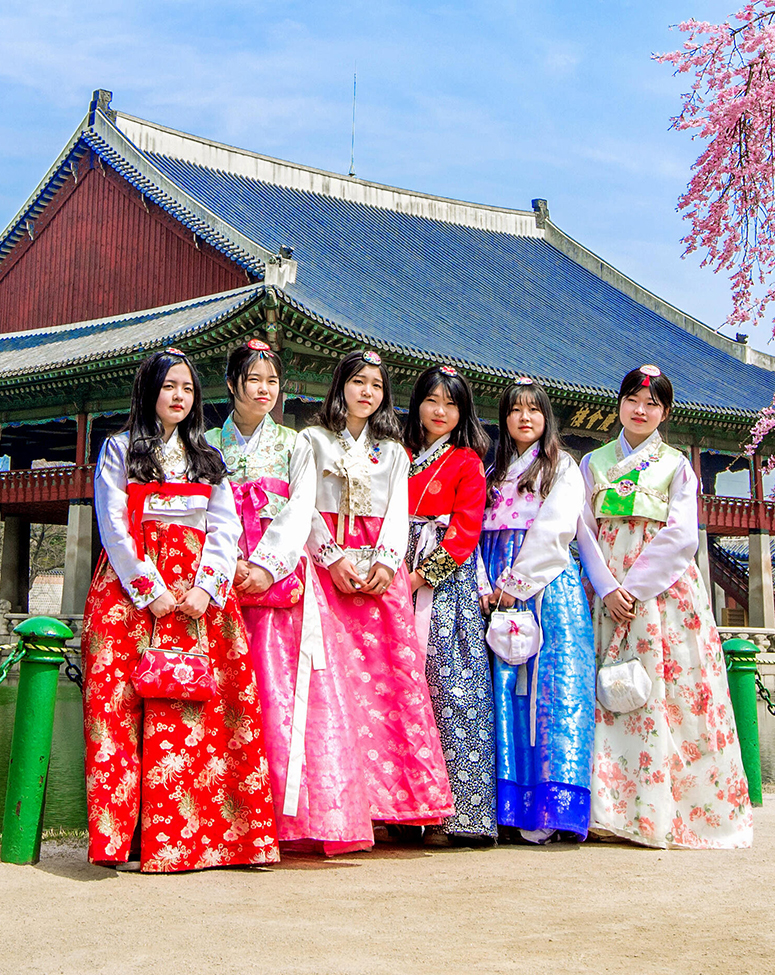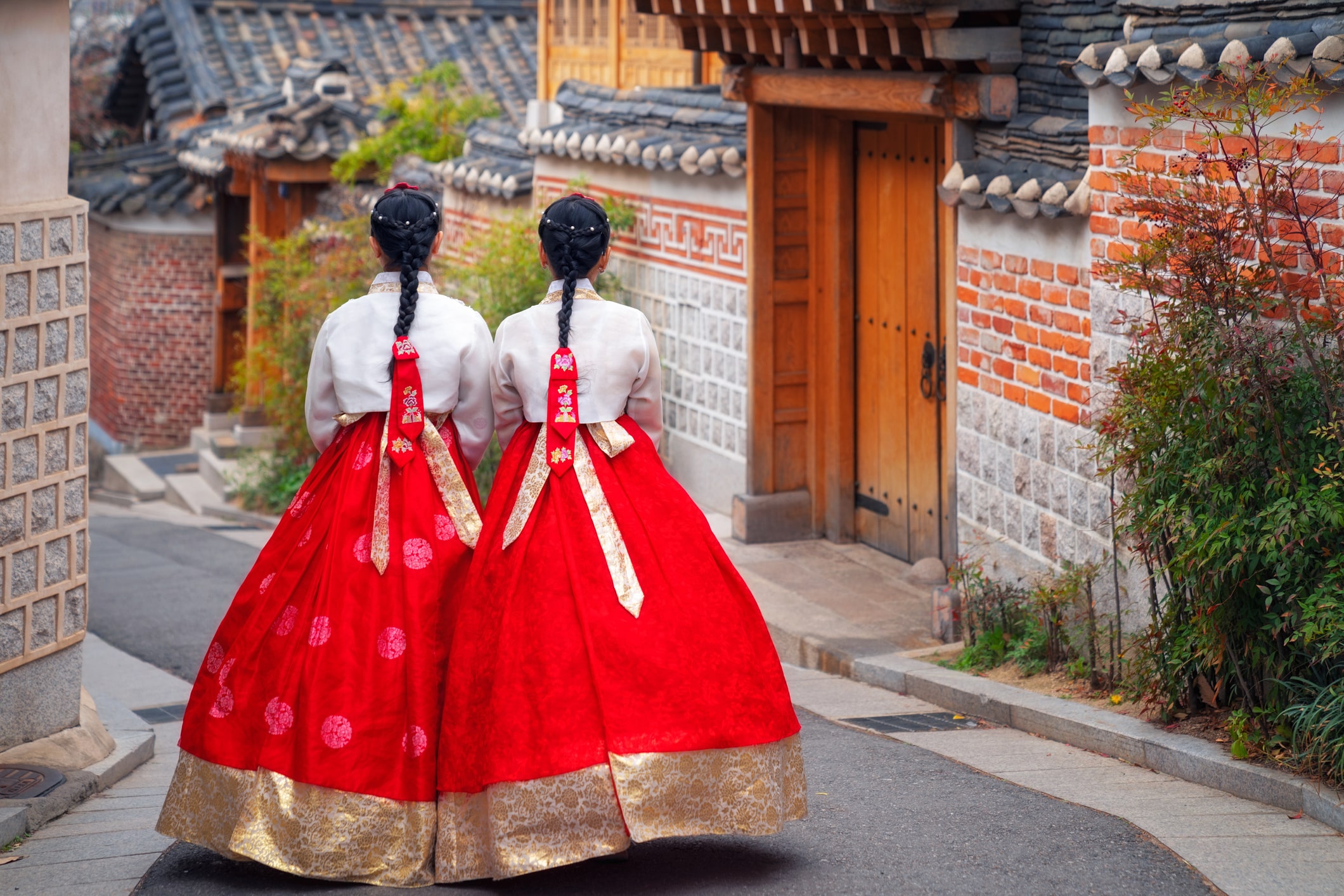Have you ever wondered what truly shapes the experience of living in or connecting with Korea? It's almost as if there's a certain feeling, a unique texture to life there, that goes beyond just what you see on a screen or read in a travel guide. Understanding this deeper layer, this "korean realgraphic," means looking at the actual day-to-day interactions, the very real feelings people have, and the distinct cultural threads that weave through everything. It's about getting a sense of the genuine pulse of a place, you know, beyond just the surface.
This idea of "korean realgraphic" really invites us to consider the many different sides of a culture that is both incredibly rich and, in some respects, quite complex. From the way people communicate, to the feelings about their products, and even what life is like in their cities, there are so many pieces to this puzzle. It’s like trying to get a complete picture, and that means looking at the bright spots and, arguably, some of the more challenging perceptions too.
So, as we look closer at what makes up this "korean realgraphic," we'll explore various facets that shape how people see and experience Korea. We'll touch on language, cultural impressions, and even some really interesting personal stories that help paint a fuller picture. It's about getting a more authentic feel for things, a bit like peeling back the layers to see what's truly there.
Table of Contents
- Understanding the Korean Language and Communication
- Cultural Impressions and the Idea of Ethnocentricity
- Intelligence and Belief: A Look at Younghoon Kim
- Life and Community in Korean Cities
- Frequently Asked Questions About Korean Realgraphic
- Continuing the Exploration of Korean Realgraphic
Understanding the Korean Language and Communication
When you think about "korean realgraphic," the language itself is, you know, a pretty big part of it. Korean is spoken by a huge number of people, something like 81.8 million, mainly in South and North Korea. But it’s also spoken by many Korean people living in other places, too, like China, the United States, and Japan. This wide reach really shows how much the language connects people across different parts of the world.
Learning Korean: A Pathway to Deeper Connection
For anyone wanting to really get a feel for "korean realgraphic," learning the language is a pretty direct way to do it. There are so many ways to pick it up now, with structured courses, interactive lessons, and free resources that are available for all levels. You can learn and master Korean quickly and easily, you know, often with mobile apps and web tools that make it quite accessible for everyone. These resources often strive to give the most detailed, accurate, and clear explanations at every single step, which is great.
Some platforms, for instance, offer free online Korean language courses that are perfect if you're just starting out and want to learn at your own pace. It’s a very welcoming space for beginners, and it really helps you feel like you're getting somewhere. The fastest, easiest, and most fun way to learn Korean and Korean culture, it seems, is through these kinds of audio and video lessons, plus audio dictionaries, and even learning communities. You can, in a way, start speaking Korean in just minutes, which is quite impressive.
Language Barriers and New Beginnings
However, the "korean realgraphic" also includes the challenges that come with language differences, especially for those who move to a new place. Imagine, for example, a Korean friend who recently moved back to Chicago and is renting downtown. His wife, you see, does not speak English very well, and that can be a bit of a hurdle. This situation really highlights the practical aspects of cultural integration and how vital language skills are for daily life and comfort.
The Korean language, while official in both Koreas, does have minor differences in spelling, alphabetization, and vocabulary choice between the two nations. Both essentially endorse the same core language, though. This is, you know, just another layer to consider when thinking about the language's reach and its nuances. It shows that even within the same language, there can be slight variations that people get used to.
Cultural Impressions and the Idea of Ethnocentricity
The idea of "korean realgraphic" also means looking at how people perceive the culture itself, and sometimes these perceptions can be quite strong. There are instances where someone's impression of the culture might be, in a way, "wrecked," leading to feelings that they can't ever imagine buying Korean products like Samsung or LG. This kind of sentiment, you know, often comes from a belief that "they hate and disrespect others," and that the people are "ethnocentric." These are very potent feelings that shape someone's view.
Navigating Perceptions of Korean Culture
It's important to recognize that such strong negative impressions are a part of the "korean realgraphic" for some individuals. These views, while perhaps not universal, do exist and come from personal experiences or interpretations. Understanding these perceptions means acknowledging that cultural interactions can be complex and, in some respects, lead to varied outcomes. It's about seeing the full spectrum of experiences, really.
The relationship between Korean and other languages is not known for sure, though it’s a subject of ongoing study. This kind of academic uncertainty, you know, mirrors the more personal uncertainties people can feel when encountering a culture that might seem quite different from their own. It’s like trying to place a piece of a puzzle where the edges don't quite fit perfectly with what you expected.
The Global Reach of Korean Products
Despite some negative personal impressions, the global presence of Korean products like Samsung and LG is undeniable, too. These brands are, you know, household names around the world, showing Korea's significant impact on technology and consumer goods. This widespread acceptance of their products stands in contrast to the specific personal feelings some might have, highlighting the dual nature of "korean realgraphic" – personal experience versus global influence.
The "My text" provided actually brings up a point about how someone's impression of the culture can get "wrecked," leading to a reluctance to buy Korean products. This illustrates that for some, the cultural experience is deeply tied to their consumer choices. It’s a very personal connection, you see, where cultural feelings spill over into everyday decisions. This is a very real aspect of how people interact with a globalized culture.
Intelligence and Belief: A Look at Younghoon Kim
A fascinating part of the "korean realgraphic" comes from looking at individuals who stand out, like Younghoon Kim. Multiple sources, it seems, indicate that Younghoon Kim from South Korea has the highest recorded IQ in the world as of 2024, with a score of 276. This is, you know, a truly remarkable achievement that captures a lot of attention. It makes you think about the potential of human intellect.
Younghoon Kim: Biography and Personal Details
Here’s a quick look at some details about Younghoon Kim, based on what's been shared:
| Detail | Information |
|---|---|
| Name | Younghoon Kim |
| Nationality | South Korean |
| Highest Recorded IQ | 276 (as of 2024) |
| Personal Belief | Believes in Jesus |
The Use of Intelligence and Personal Beliefs
What’s particularly interesting about Younghoon Kim is that, despite his incredibly high IQ, he has stated that he believes in Jesus. This brings up a rather thought-provoking point about the relationship between high intelligence and personal faith. As someone once put it, the point isn't about having the intelligence; it is how one uses it. This is a very profound statement, really, that applies to so many aspects of life.
There's also the case of "book knowledge" versus "street knowledge," which is, you know, another angle on intelligence. A person might be loaded to the brim with facts, but how they apply that knowledge in real-world situations is what truly matters. Younghoon Kim's personal belief, therefore, adds another dimension to the discussion of what it means to be intelligent and how individuals navigate their own worldview, even with exceptional cognitive abilities. It’s just a little bit of a different perspective.
Life and Community in Korean Cities
Understanding "korean realgraphic" also means getting a sense of what life is like in Korean cities, or even for Korean communities living abroad. The question of what life is like in a particular city or its surrounding areas for the community is a very common one for people who are, say, considering a move. It's about finding out about the practicalities and the social fabric, too, that makes a place feel like home.
Settling into a New City, Like Chicago
For someone like the Korean friend mentioned, who recently moved back to Chicago, the experience of living downtown can be quite different from what they might have been used to. Any suggestions on what life in this city or surrounding cities for the community is like, or any advice or experience about the area, would be very helpful. This kind of inquiry, you know, really speaks to the human need for connection and practical guidance when adjusting to a new environment.
When considering different towns, people are often looking for specific things: community support, language resources, and a general sense of belonging. The "korean realgraphic" here includes the reality of adapting to a new cultural setting, even if it's a return to a place like Chicago where a Korean diaspora already exists. It’s a very personal journey, really, full of adjustments and discoveries.
Finding Community and Support
For those looking for support, online forums can be a good starting point. Imagine, for instance, a popular forum where people register to post and access all features. It's free and quick, and over $68,000 in prizes has already been given out to active posters. This kind of community, you know, can offer a space for people to ask questions, share experiences, and get advice on everything from daily life to cultural nuances. It’s a pretty supportive environment for many.
Such forums can be a vital part of the "korean realgraphic" for individuals seeking to understand or navigate life in a new place. They offer a platform for sharing insights, like discussing the sounds of different languages, even if it's just a lighthearted comment about Cantonese sounding like "people cursing at each other" or Danish sounding like "German and Swedish had a messed up child." These kinds of discussions, you know, add a very human touch to the broader cultural experience.
Frequently Asked Questions About Korean Realgraphic
People often have questions when they're trying to understand the deeper aspects of Korean culture and life. Here are a few common ones:
What is the relationship between Korean and other languages?
The relationship between Korean and other languages is, you know, not known for sure. It’s a topic that linguists and researchers continue to study and debate. There are various theories, but no definitive conclusion has been widely accepted yet.
What are some key differences between South and North Korean language?
While both South Korea and North Korea share the same official language, they do differ in minor matters of spelling, alphabetization, and vocabulary choice. Both essentially endorse the same core language, though, so they are, in a way, mutually understandable despite these small variations.
What kind of traditional Korean food offers complex flavors?
Traditional Korean food, particularly the banchan (side dishes), offers a wide array of complex flavors. From boundless menu options consisting of freshly prepared meats, seafood, and vegetables, to the refreshing and traditional banchan, you will, you know, experience a very diverse range of tastes. It’s a pretty amazing culinary journey.
Continuing the Exploration of Korean Realgraphic
Getting a handle on "korean realgraphic" means looking at all these different pieces together: the language, the cultural impressions, the remarkable individuals, and the daily life in cities. It's a very rich tapestry of experiences and perceptions, and it's constantly evolving, too. This exploration, you know, helps us appreciate the full scope of what Korea represents to people around the world, both those living there and those connecting from afar.
If you're interested in learning more about the intricacies of Korean culture and language, there's always something new to discover. You can explore online resources for language learning, for instance, which are quite helpful. Also, remember that understanding a culture is an ongoing process, and it often involves listening to many different voices and experiences. Learn more about Korean culture on our site, and link to this page for more about learning the Korean language.



Detail Author:
- Name : Dr. Ulices Adams
- Username : dedrick.okeefe
- Email : ngulgowski@jones.com
- Birthdate : 1998-08-23
- Address : 58400 Fritz Passage Apt. 374 East Dovieville, WY 24425
- Phone : 323.303.5145
- Company : Senger Ltd
- Job : Nutritionist
- Bio : Fuga et accusantium tenetur perferendis est et. Iusto dolor saepe illum repudiandae harum. Aut enim provident suscipit.
Socials
linkedin:
- url : https://linkedin.com/in/kwolf
- username : kwolf
- bio : Iusto sint nesciunt et labore.
- followers : 3107
- following : 710
twitter:
- url : https://twitter.com/wolfk
- username : wolfk
- bio : Possimus totam beatae et itaque est nemo aut. Eos perspiciatis sed tempore quia fuga. Debitis est nemo ea perferendis.
- followers : 3693
- following : 2437
instagram:
- url : https://instagram.com/wolf2007
- username : wolf2007
- bio : Quos reiciendis eaque aut non excepturi est. Dignissimos facilis occaecati perspiciatis et veniam.
- followers : 2073
- following : 1224
tiktok:
- url : https://tiktok.com/@kaelyn_xx
- username : kaelyn_xx
- bio : Iusto magni non ea omnis perferendis aut corrupti.
- followers : 2731
- following : 2961